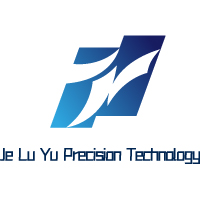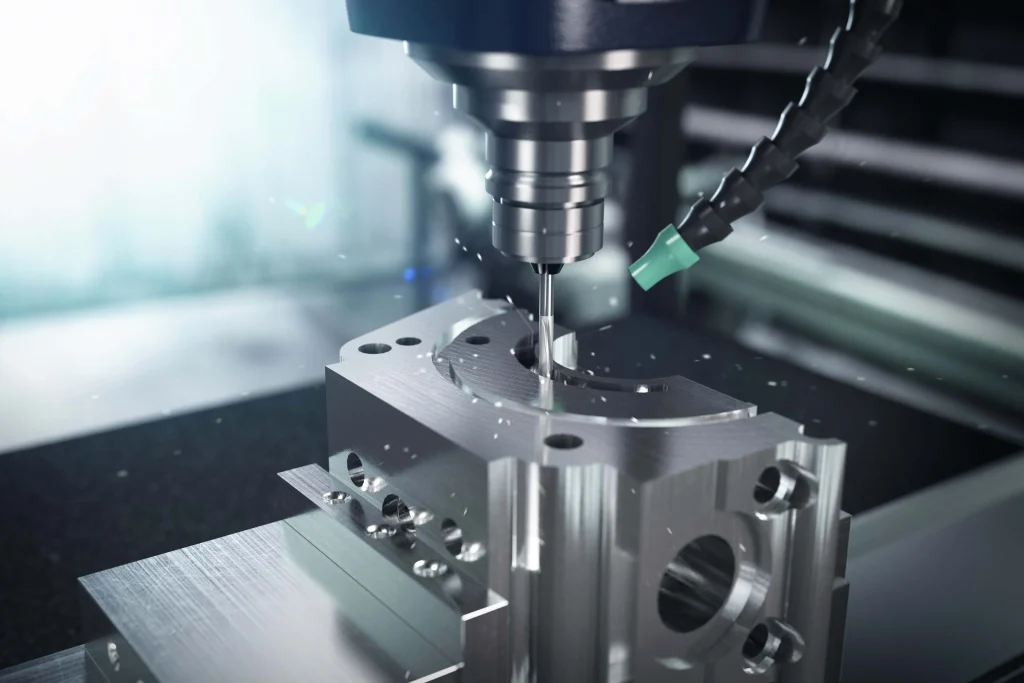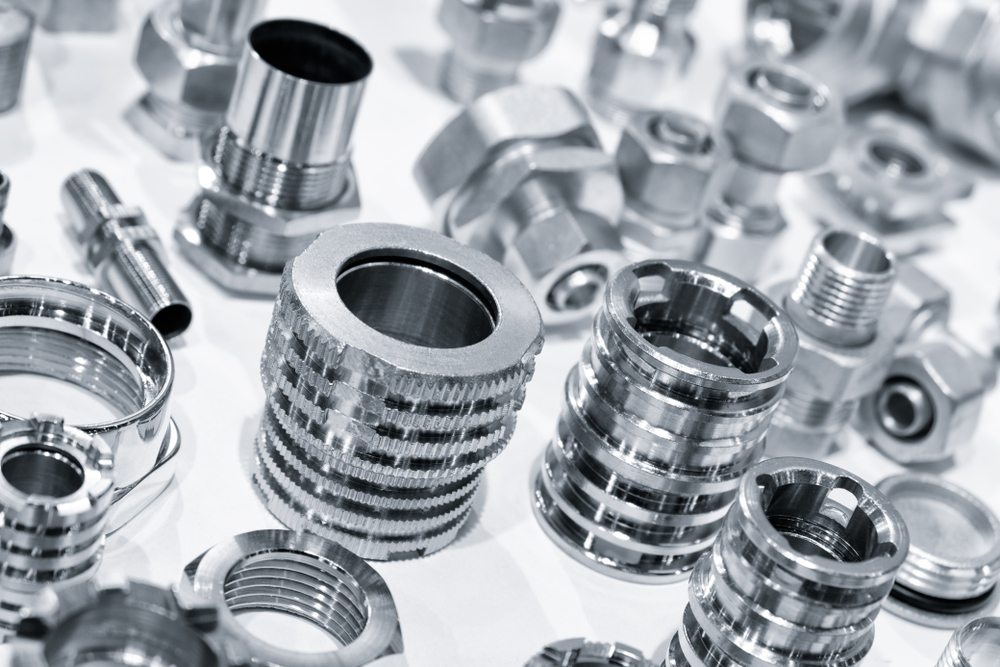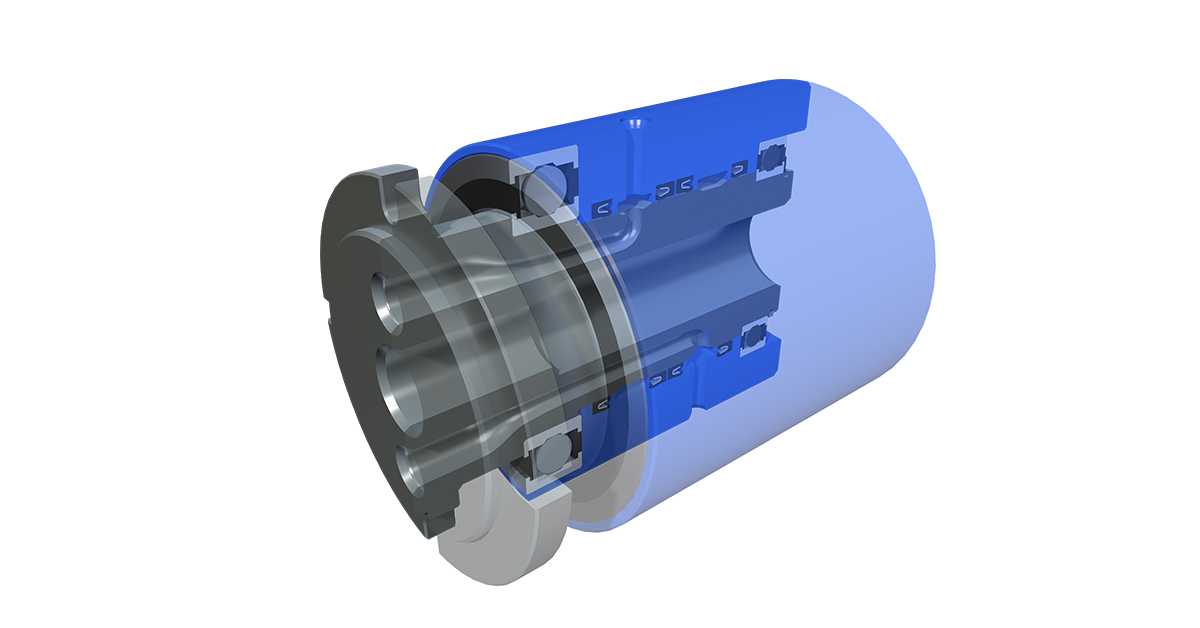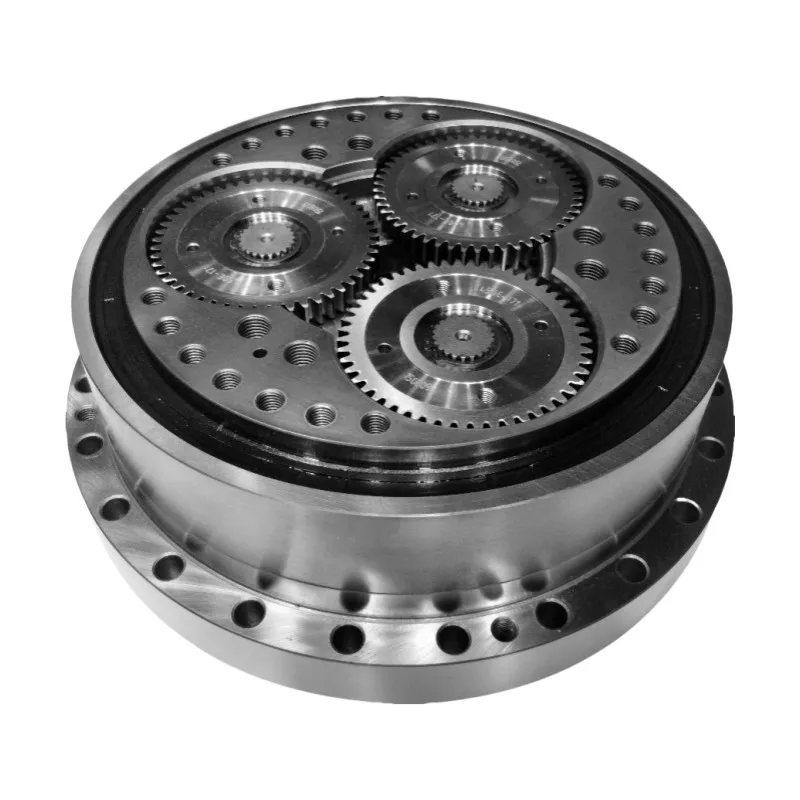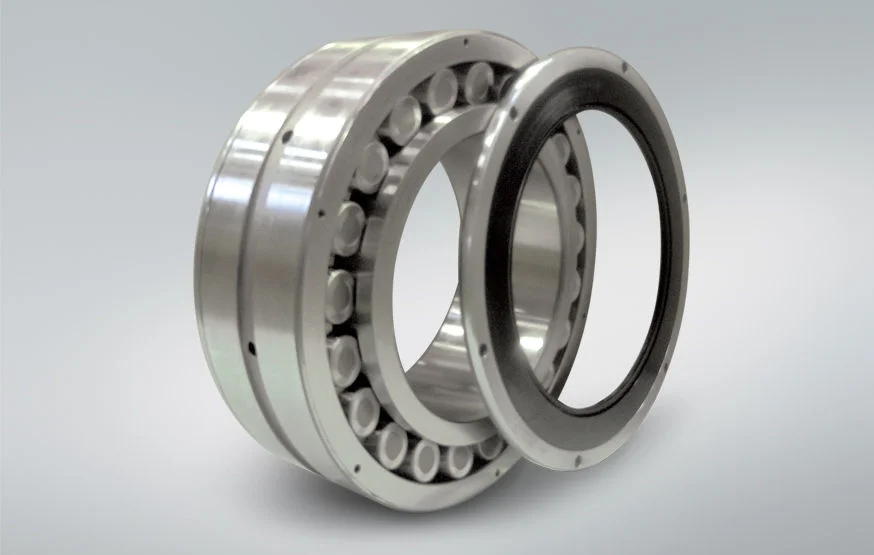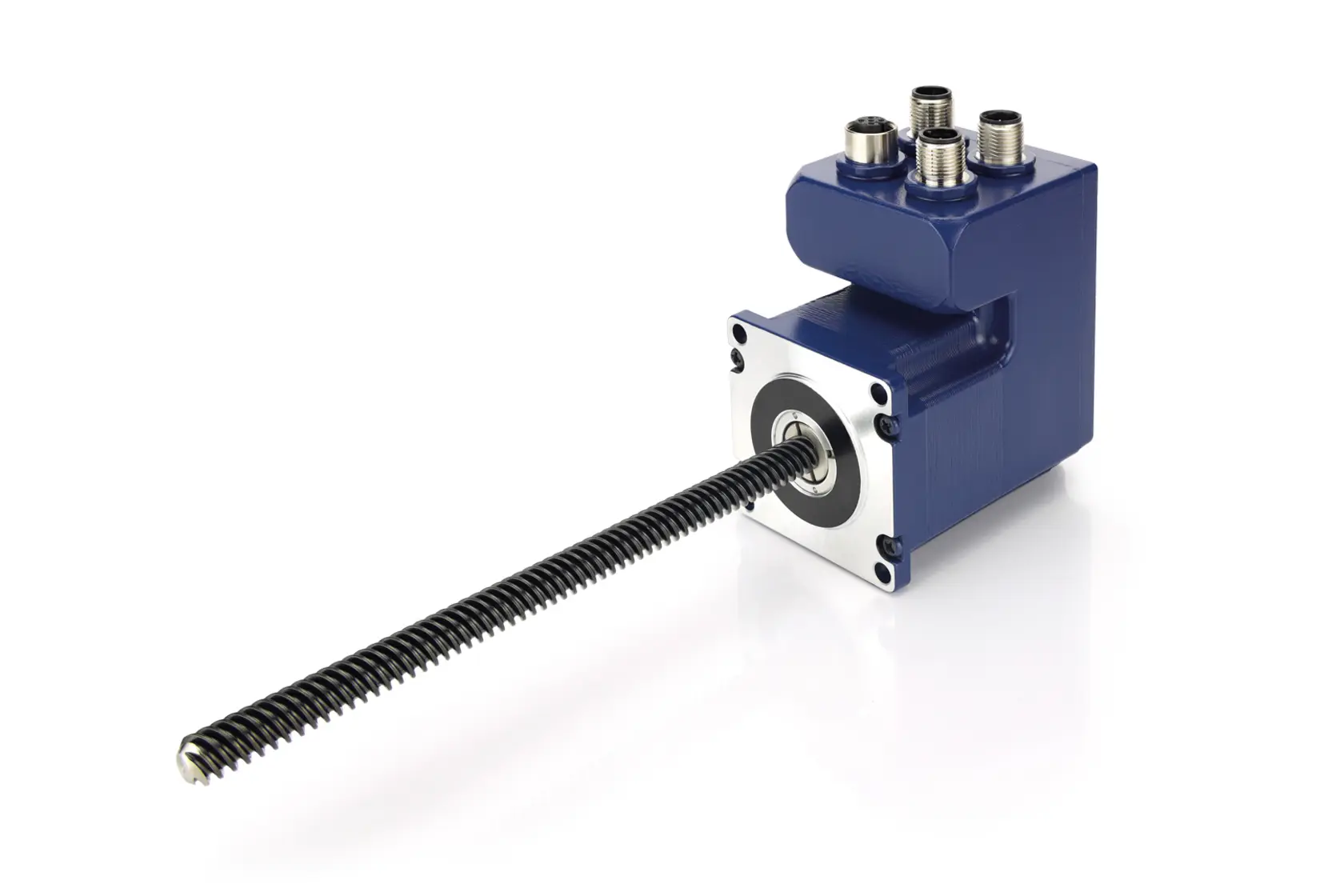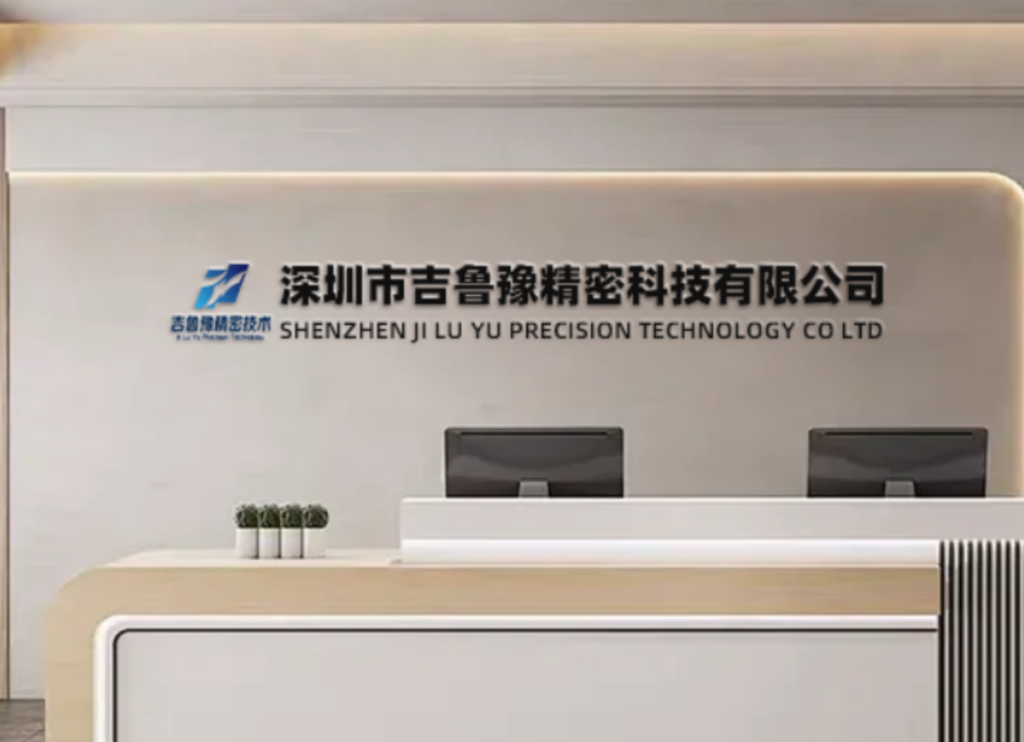Polycarbonate Machining for Prototypes: The Complete CNC Guide
Introduction: Mastering Polycarbonate for Rapid Prototyping
Polycarbonate has emerged as a premier material for functional prototyping across industries, offering an exceptional balance of mechanical properties, optical clarity, and processing versatility. As CNC machining specialists, we’ve leveraged polycarbonate’s unique characteristics to help engineers and designers transform concepts into high-fidelity prototypes that accurately simulate final product performance. This comprehensive guide explores the technical nuances, methodologies, and practical applications of CNC machining polycarbonate for prototyping applications.
The superior impact resistance of polycarbonate—approximately 250 times greater than glass of similar thickness—makes it invaluable for prototypes that must withstand mechanical testing and handling during evaluation phases . Combined with its excellent dimensional stability and transparency options, these properties position polycarbonate as a preferred material for functional prototypes across automotive, medical, electronics, and consumer product industries.
Understanding Polycarbonate Material Properties for Prototyping
Fundamental Characteristics
Polycarbonate possesses a unique combination of properties that make it particularly valuable for prototyping applications:
Table 1: Key Properties of Polycarbonate for Prototype Machining
| Property | Value/Description | Prototyping Significance |
|---|---|---|
| Impact Strength | Very high (250x glass equivalent) | Withstands drop testing and mechanical validation |
| Tensile Strength | 55-75 MPa | Suitable for structural component simulation |
| Heat Deflection Temperature | 115-135°C at 1.8 MPa | Maintains integrity in thermal testing scenarios |
| Light Transmittance | Up to 90% | Ideal for optical applications and transparent housings |
| Flame Resistance | UL94 V-0/V-2 rated | Critical for electrical/electronic applications |
| Chemical Resistance | Moderate (varies by chemical) | Withstands exposure to many environmental elements |
The optical clarity of polycarbonate enables creation of transparent prototypes for applications requiring visual access to internal components or light transmission, such as medical device housings, lighting components, and display enclosures . This transparency, combined with the material’s durability, provides unique advantages over other engineering plastics for certain prototyping scenarios.
Comparison with Alternative Prototyping Materials
While several materials serve prototyping applications, polycarbonate offers distinct advantages for demanding applications:
-
Compared to ABS: Polycarbonate provides superior impact strength and temperature resistance, crucial for functional testing under extreme conditions
-
Compared to Acrylic (PMMA): Polycarbonate offers significantly greater impact resistance while maintaining good optical properties
-
Compared to Nylon: Polycarbonate provides better dimensional stability and transparency options
-
Compared to PEEK: Polycarbonate presents a more cost-effective solution while maintaining excellent mechanical properties
CNC Machining Strategies for Polycarbonate Prototypes
Tool Selection and Geometry
Proper tool selection is critical for achieving the dimensional accuracy and surface finish required in functional prototypes:
Table 2: Tooling Recommendations for Polycarbonate Machining
| Tool Type | Recommended Material | Geometry Considerations | Application Focus |
|---|---|---|---|
| End Mills | Micro-grain carbide | 2-4 flutes, 30-45° helix angle | General prototyping, contour machining |
| Drills | Carbide or HSS with polished flutes | 118° point angle, slow spiral | Hole making for assembly and mounting |
| Thread Mills | Solid carbide | Sharp cutting edges, proper relief | Creating threaded features for assembly |
| Face Mills | Carbide inserts | Positive rake angle, sharp edges | Large flat surface creation |
Tool geometry significantly impacts machining outcomes with polycarbonate. Sharp cutting edges are essential for cleanly shearing the material rather than fracturing it, which can create micro-cracks that might affect prototype performance . For prototypes requiring optical clarity, specialized polishing techniques may be employed after machining to restore transparency to cut surfaces.
Optimized Machining Parameters
Establishing correct cutting parameters ensures dimensional accuracy and surface quality while preventing material stress and deformation:
-
Cutting Speeds: 300-500 SFM for roughing, 400-600 SFM for finishing operations
-
Feed Rates: 0.002-0.008 inches per tooth, adjusted based on feature size and tool diameter
-
Depth of Cut: 0.1-0.5mm for finishing passes to minimize stress and heat generation
-
Coolant Strategy: Compressed air preferred to prevent stress cracking; minimal quantity lubrication when necessary
The relationship between parameters follows a generally inverse pattern—higher cutting speeds typically require lower feed rates to maintain surface quality, while deeper cuts necessitate reduced speeds to manage heat generation . Finding the optimal balance for specific prototype geometries is key to maximizing polycarbonate’s performance potential.
Advanced Techniques for Polycarbonate Prototyping
Thermal Management During Machining
Controlling machining temperatures is crucial since excessive heat can soften polycarbonate or induce undesirable internal stresses:
-
Air Cooling: Directed compressed air (0.6-0.8 MPa) effectively removes heat without contaminating the workpiece
-
Tool Path Strategies: Climb milling techniques reduce heat generation by minimizing tool engagement time
-
Peck Drilling: For deep holes, peck cycles prevent heat buildup and facilitate chip evacuation
-
Sharp Tool Maintenance: Regularly maintained tools generate less frictional heat during cutting
Stress Cracking Prevention
Polycarbonate is susceptible to stress cracking, particularly when in contact with certain chemicals or when residual machining stresses are present:
-
Proper Fixturing: Distributed clamping pressure to avoid localized stress concentrations
-
Tool Path Optimization: Continuous, smooth tool paths that minimize directional changes and sharp transitions
-
Post-Machining Stress Relief: Thermal treatments to relieve internal stresses without distorting critical dimensions
-
Chemical Avoidance: Preventing exposure to solvents and chemicals that can initiate cracking
Design Considerations for Polycarbonate Prototypes
Geometric Optimization
Specific design strategies enhance the manufacturability and functionality of polycarbonate prototypes:
-
Uniform Wall Thickness: Maintain consistent sections to prevent uneven cooling and stress concentration
-
Adequate Radii: Minimum 0.5mm radii at internal corners to facilitate tool access and reduce stress
-
Feature Accessibility: Design features to be accessible with standard cutting tools to avoid special tooling requirements
-
Draft Angles: Incorporate slight draft angles (1-2°) for deep cavities to improve tool clearance
Tolerance Strategies for Prototyping
Dimensional precision directly influences the validation accuracy of functional prototypes:
-
Standard Tolerances: ±0.125mm for general features
-
Critical Feature Tolerances: ±0.025mm for mating surfaces and alignment features
-
Post-Machining Stabilization: Accounting for potential stress relaxation in critical dimensions
-
Temperature Considerations: Design features accounting for polycarbonate’s thermal expansion characteristics
Surface Finish Options for Polycarbonate Prototypes
As-Machined Finishes
Polycarbonate responds well to CNC machining, with achievable surface finishes that meet most prototyping requirements:
-
Standard Machined Finish: Typically Ra 0.8-1.6μm, suitable for most functional testing
-
Fine Machined Finish: Ra 0.4-0.8μm, achieved through optimized parameters and sharp tooling
-
Micro-machined Features: Capable of holding tolerances under 5μm with specialized equipment
Enhanced Finishes for Special Applications
For applications requiring specific surface characteristics, several post-processing options are available:
-
Mechanical Polishing: For optical clarity restoration on critical surfaces
-
Vapor Polishing: Chemical process that creates optically clear surfaces on complex geometries
-
Texture Application: For aesthetic requirements or to simulate production finish characteristics
-
Coating Application: Specialized coatings for enhanced UV resistance or specific optical properties
Quality Assurance for Polycarbonate Prototypes
Dimensional Verification
Ensuring prototype accuracy requires rigorous quality control:
-
CMM Inspection: Volumetric accuracy up to 0.0003mm for critical features
-
Optical Comparators: Rapid 2D feature verification without contact
-
Custom Fixturing: Simulation of assembly conditions for functional validation
-
Statistical Process Control: Real-time monitoring of critical dimensions throughout production
Performance Validation Methods
Beyond geometric inspection, functional validation ensures prototypes meet application requirements:
-
Optical Clarity Testing: For transparent applications requiring specific light transmission properties
-
Mechanical Testing: Validation of impact resistance and structural integrity
-
Thermal Cycling: Verifying dimensional stability across expected temperature ranges
-
Chemical Compatibility: Ensuring resistance to operational environments
Industry Applications: Case Studies in Polycarbonate Prototyping
Case Study 1: Medical Device Enclosure Prototype
Challenge: A medical device company needed transparent enclosure prototypes for a new diagnostic device. The components required optical clarity for status indicator visibility, sterilization compatibility, and precise dimensional stability for internal component mounting.
Solution: Our team implemented a multi-stage machining approach incorporating:
-
4-axis simultaneous machining for complex internal geometries
-
Progressive machining strategy with specialized tooling for transparent finishes
-
Custom fixturing to prevent distortion during machining of thin-walled sections
-
Post-machining stress relief thermal treatment
Results: The prototypes achieved required optical clarity with precise dimensional control, ensuring proper fitment of internal components. The components withstood repeated sterilization cycles without clouding or degradation, successfully validating the design before production tooling.
Case Study 2: Automotive Lighting Component
Challenge: An automotive supplier needed prototype lighting reflectors with complex optical surfaces, requiring precise dimensional accuracy and specific surface finishes to validate light distribution patterns.
Solution: We developed a specialized machining process featuring:
-
5-axis machining capabilities for complex free-form surfaces
-
Micro-machining techniques for precise optical feature generation
-
Custom tooling with specialized geometries for optimal surface finish
-
Comprehensive metrology including 3D scanning for surface verification
Results: The prototypes accurately replicated the intended optical performance, enabling design validation before committing to production tooling. The project successfully reduced development time by 40% compared to traditional prototyping methods.
Case Study 3: Consumer Electronics Housing
Challenge: A consumer electronics company needed impact-resistant housing prototypes for field testing of a new portable device. The prototypes required transparent sections for status indicators, precise mounting features for internal components, and cosmetic-quality surfaces.
Solution: Our comprehensive approach included:
-
High-speed machining strategies with specialized tooling
-
Progressive finishing from roughing to fine finishing operations
-
Implementation of vibration damping techniques for thin-walled sections
-
Multi-stage polishing process for critical transparent areas
Results: The prototypes provided accurate representation of final production parts, withstanding rigorous field testing including multiple drop tests. The successful validation enabled direct progression to production tooling without design modifications.
Technical Comparison: Polycarbonate vs. Alternative Transparent Materials
Polycarbonate vs. Acrylic for Transparent Applications
While acrylic offers superior optical clarity, polycarbonate provides significant advantages for functional prototypes:
-
Impact Resistance: Polycarbonate offers dramatically higher impact strength than acrylic
-
Heat Resistance: Polycarbonate maintains properties at higher temperatures than acrylic
-
Machinability: Both materials machine well, though polycarbonate requires more specific parameter optimization
-
Cost Considerations: Acrylic typically costs less, but polycarbonate’s durability may provide better value for functional testing
Polycarbonate vs. Glass for Transparent Enclosures
For applications requiring transparency, polycarbonate offers distinct advantages over glass:
-
Weight Reduction: Polycarbonate is approximately half the weight of glass
-
Breakage Resistance: Superior impact resistance eliminates breakage concerns during testing
-
Design Flexibility: Can incorporate integrated mounting features and complex geometries
-
Safety: Breaks into relatively large, dull pieces rather than sharp shards
Future Trends in Polycarbonate Prototyping
Advanced Manufacturing Technologies
Emerging technologies are enhancing polycarbonate prototyping capabilities:
-
Multi-Material Prototyping: Combining polycarbonate with other materials in single prototypes
-
Hybrid Manufacturing: Integrating additive and subtractive processes for optimized prototype development
-
AI-Driven Optimization: Machine learning algorithms that predict optimal parameters based on geometry analysis
-
Digital Twin Integration: Virtual validation complementing physical prototyping
Material Development Initiatives
Ongoing material science research continues to expand polycarbonate’s capabilities:
-
Enhanced Formulations: Improved UV resistance and scratch-resistant variants
-
Sustainable Options: Recycled and bio-based polycarbonate materials
-
Specialized Grades: Application-specific formulations with optimized properties
-
Composite Integration: Polycarbonate-based composites for enhanced performance
Conclusion: Excellence in Polycarbonate Prototyping
Polycarbonate machining for prototypes represents a strategic approach to validating designs under demanding conditions. The material’s unique properties—exceptional impact strength, good temperature resistance, and transparency options—make it indispensable for functional prototyping across medical, automotive, electronics, and consumer product industries. However, realizing these advantages requires careful attention to material selection, tooling strategies, machining parameters, and quality assurance.
At our manufacturing facility, we’ve combined state-of-the-art CNC technology with deep materials knowledge to establish leadership in polycarbonate prototyping. Our comprehensive approach addresses every aspect of the prototyping process, from initial design consultation through final validation, with particular emphasis on dimensional accuracy, surface quality, and functional performance.
The case studies presented demonstrate our capability to solve complex prototyping challenges while maintaining the highest standards for performance and reliability. As technology continues to evolve toward increasingly demanding requirements, we remain committed to investing in advanced equipment and methodologies that enhance our polycarbonate prototyping capabilities.
For your next high-performance prototype project, partner with a manufacturer that understands both the technical complexities and practical considerations of working with this exceptional material. Contact us today to discuss how our polycarbonate prototyping capabilities can address your specific application requirements.
